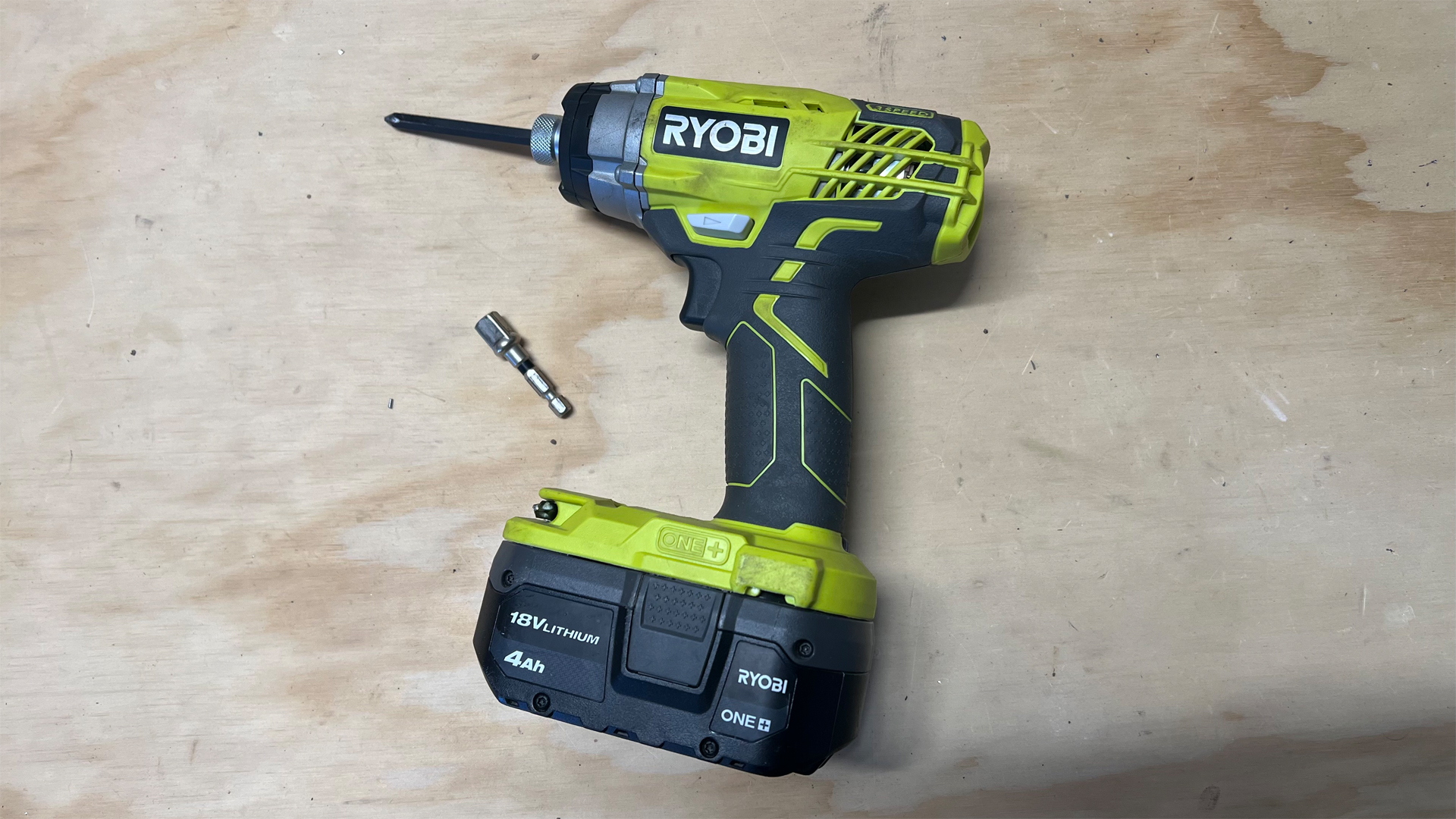

We may earn revenue from the products available on this page and participate in affiliate programs. Learn more ›
Cordless drills are incredibly handy garage tools, as they’re perfect for attaching all manner of fender flares, tapping broken fasteners, and routing accessory wires through newly drilled holes. But when it comes to the vast majority of what you’ll do on your vehicles, i.e. removing the 500 10mm fasteners to get to your car’s air filter, the best tool to have in your arsenal is the impact driver.
Since I started wrenching on my cars more than two decades ago—God, I’m old—I don’t know how many times I’ve cursed out the vehicle’s engineers and their over-engineering of everything. Seriously, why the hell do you need to remove screws, bolts, snap-clips, and glue just to change a headlight bulb? And removing all of those by hand with a ratchet makes the entire process particularly tedious since all of them are cinched down tighter than an astronaut’s helmet.
I’m looking at you, Volkswagen.



What finally changed my wrenching process, however, was when I just got so fed up with the ratchet hitting the engine and its accessories that I grabbed my impact driver and went to town. It was, in a word, a revelation.
On the surface, impact drivers and drills look pretty dang similar and operate nearly identically when you pull their triggers. But whereas cordless drills purely apply rotational force, impact drivers can apply both rotational force and knocking force to get whatever job you have done. And that’s perfect for today’s wrenching needs, as the process of removing anything, especially on modern cars with tight quarters all around, has become such a pain in the ass, you begin to hate working on your own car. And I love to do that in most regards.
Now I’ve used both cordless drills and cordless impact drivers extensively during my wrenching career, and have both in my garage. I wouldn’t want to give up either. But since that first tango, the power tool I use more whenever I’m doing anything in the garage or installing my kids’ rock wall is my Ryobi impact driver.


That tool has become my constant companion. Installing new fog lamps on the Ridgeline and having to remove the undertray? Impact driver. Removing all the little fasteners on a Zero motorcycle to change a tire, CRF, and Africa Twin for a wide array of jobs and photo assignments? It’s the Ryobi. Literally every major upgrade, including attaching the fender flares, on the Can-Am? Impact driver. OK, OK, I didn’t install the new wheels and tires with it, I saved that job for my impact wrench. But you get what I’m saying.
What’s more, I don’t feel the need that I have to go back in with a ratchet once I’m done with the power tool to ensure that everything is secured safely. I ugga dugga that thing and we’re all good! Just kidding, but not really.
The only thing you need to be careful about with an impact driver is using too much force and either stripping the head of the fastener or messing up the threads, as the torque an impact driver makes is substantial. That said, the same torque has been a godsend when fasteners are torqued down way too much from the factory. They just fly off and have likely halved the time I’ve spent doing most DIY jobs.



They also won’t do the job of an impact wrench. Those are way burlier and have more torque than a Dodge Hellcat in most regards. So you will need both. But for the vast majority of all automotive fasteners, the impact driver is going to be your go-to tool.
And sure, a drill can do a lot, and I have one right next to my impact driver. But drills aren’t as versatile in the garage or even your home as an impact driver can be. It’s the swiss army knife of power tools, and don’t let anyone tell you otherwise.
Impacts We Swear By
More From The Drive
- I drove the new and slightly improved Subaru Crosstrek.
- Peter Nelson drives the solid and surprisingly fun Lexus RZ.
- A Ford dealer is being sued after sneaking an extra $43,000 into a Super Duty sale.
- Dodge is being sued by Durango Hellcat owners after the company makes their cars a little less exclusive than originally advertised.